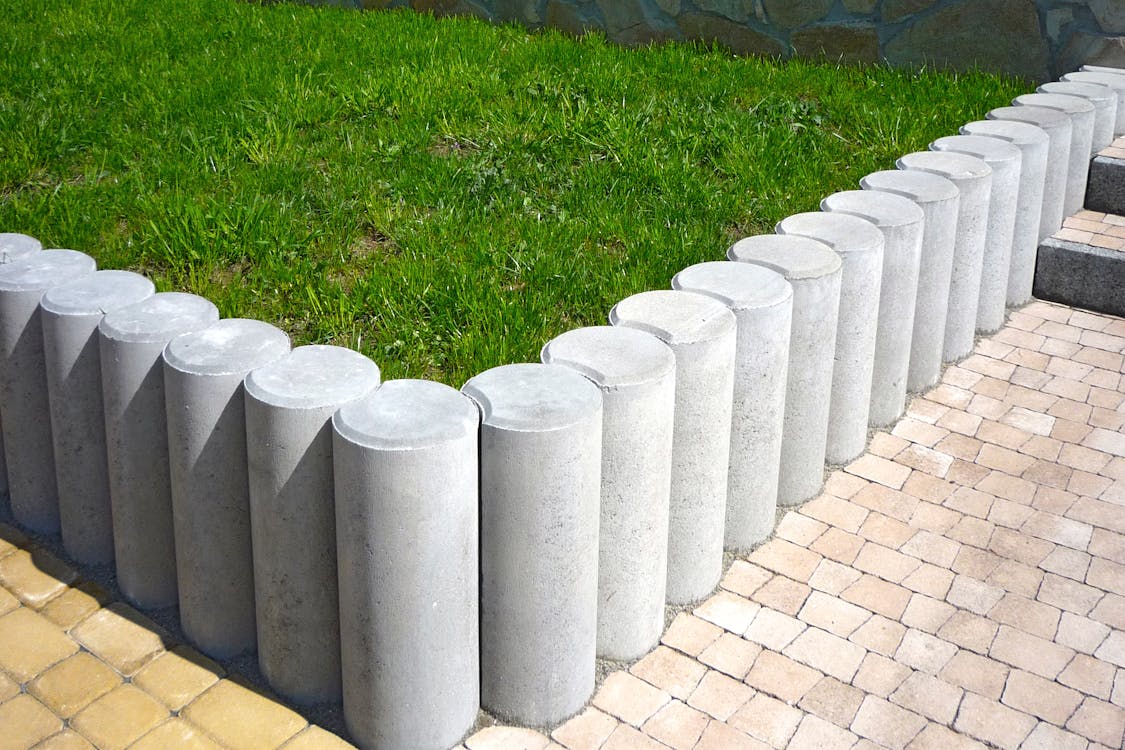Your Guide to Eco Landscaping with Recycled Soil
Your Guide to Eco Landscaping with Recycled Soil
Blog Article

Reassessing the Landscape: Why Recycling in Landscaping Matters More Than Ever
Sustainable living does not stop at multiple-use bags and solar panels-- it expands right into our backyards. Landscape design is undergoing a silent revolution, where ecological awareness and imagination are improving how we create exterior spaces. Among one of the most exciting shifts in this advancement is the growing focus on recycling products like dirt, mulch, and even hardscape elements. Whether you're collaborating with sprawling acreage or a moderate yard spot, your green thumb can now do double duty-- nurturing plants while protecting the world.
Environmentally friendly landscaping isn't nearly growing indigenous varieties and saving water. It's also about reconsidering waste. Soil, for example, is usually dealt with as non reusable throughout huge yard renovations or when handling construction debris. But that rich, natural source can usually be repurposed-- and doing so can lower prices, lower land fill payments, and produce healthier, more sustainable backyards.
Exploring Soil Recycling: Turning "Used" Dirt into Garden Gold
Soil recycling starts by recognizing what you're dealing with. If the dirt has actually been previously made use of in growing beds or building, it may be compressed or depleted of nutrients. But this does not imply it's worthless-- it merely requires rehabilitation.
Beginning by screening your soil. Getting rid of debris like rocks, origins, and trash offers you a clean base. If it's clay-heavy or overly sandy, mixing it with compost or raw material improves appearance and nutrient content. This is webpage where a reputable service provider of landscape supplies in Windsor residents depend on can make a distinction, using garden compost, topsoil blends, and soil conditioners that revitalize weary dirt.
Recycled soil is excellent for raised beds, blossom beds, and also new yard installments. By choosing to work with what you currently have, you're reducing transport emissions and minimizing the demand for freshly mined earth. It's a refined change, yet when multiplied across neighborhoods, its ecological influence is huge.
Recovering the Beauty in Hardscape: Giving Old Materials New Purpose
Following time you knock down a patio or dig up a garden border, don't be so quick to toss those broken pavers or cracked bricks. Hardscape materials like stone, concrete, and brick are extremely long lasting-- and very multiple-use. They can come to be rustic bordering, enchanting tipping rocks, or the foundation of a new pathway.
And then there are decorative rocks. These aspects don't wear-- they just get moved. Restoring river rocks, pea gravel, or smashed granite from old installations and rearranging them artistically conserves cash and stops the requirement for more quarrying. It's the type of circular economy that does not simply profit your backyard-- it benefits ecosystems at large.
Consider this as a possibility to instill your landscape with character. Recycled elements frequently bring a patina of time, a feeling of story. What was once a part of somebody else's patio area may now be a conversation-starting focal point in your drought-tolerant rock garden.
Compost, Wood, and Green Waste: Composting and Reusing with Intention
Timber chips, leaves, and lawn clippings are usually scooped and hauled off, just to end up in municipal waste. Yet these materials are the excellent foundation for compost or compost. As opposed to get new every period, many garden enthusiasts now develop their own compost from shredded branches or fall leaves.
Self-made compost not only subdues weeds and keeps dirt moisture yet also slowly decomposes to nourish the dirt. Over time, this develops a healthy and balanced growing setting that's far more sustainable than artificial plant foods or imported changes.
If you're increasing right into composting, green waste like veggie scraps, yard clippings, and coffee premises can feed your soil. This composting culture isn't just green-- it's empowering. It puts control in your hands and transforms daily waste into horticulture prize.
Imaginative Reuse in Outdoor Projects: Where Sustainability Meets Style
Environmentally friendly landscaping is as much regarding layout as it has to do with products. Elevated beds made from recovered timber, yard seats created from leftover stone, or retaining walls built with reclaimed bricks show that sustainability and charm are not mutually exclusive. They're companions in modern landscape design.
More property owners are sourcing their materials locally via relied on Landscape Supply in Greeley, CO carriers that comprehend the value of both new and recycled sources. It's regarding discovering providers who supply top quality, longevity, and a dedication to ecologically responsible techniques. Whether you're filling out a flower bed or revamping an entire yard, neighborhood sourcing minimizes emissions and sustains regional economies.
There's additionally a growing area of DIY landscapers and contractors sharing concepts for repurposing materials online and via neighborhood networks. You could find that your next-door neighbor's disposed of hardwoods are precisely what you require for a new yard bench-- or that the pile of debris you assumed was waste is really the structure for your next maintaining wall surface.
Landscaping for the Future: Small Steps, Big Impact
The course to a more sustainable landscape begins with simple options. Reuse dirt instead of discarding it. Repurpose hardscape products instead of getting brand-new. Compost your cuttings as opposed to bagging them for landfill pickup. These aren't substantial changes-- they're mindful shifts. However their influence reverberates.
By embracing recycled materials and smarter sourcing, you're not just gardening-- you're part of a motion. A movement toward less waste, more imagination, and much deeper connection with the land under your feet.
So the next time you're preparing your lawn or upgrading a garden function, hesitate before discarding what seems unusable. There's charm in the reused, strength in the repurposed, and purpose in every sustainable choice you make.
Stay tuned for even more pointers and fresh landscape design concepts that assist you grow greener, smarter, and much more inspired with every season. Maintain adhering to along-- and allow's keep creating a cleaner, more conscious exterior globe together.
Report this page